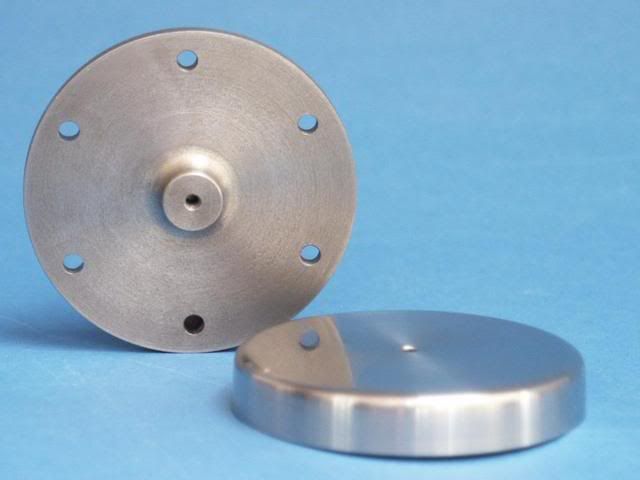TheTiddles":34gb6ad8 said:
You're making a fuel tank for an aeroplane... and you want to do it yourself???!
Aidan
That's what we do, build and restore (mainly wooden) aeroplanes, I'm afraid I don't have much time for furniture making these days but I follow this forum as there are a lot of parallels and you guys have a wealth of knowledge and experience, hence the request for info about metal spinning.
This isn't the first tank to be 'home-made' it is actually one of the simplest I have come across. Don't worry unduly, they are thoroughly pressure tested and inspected before they go into an aircraft.
The question is do we press the ends or is metal spinning viable. Compared with the traditional approach of forming flanges around a wooden former, metal spinning seems less likely to induce cracking and would seem to be a better and more elegant job.
I'm suprised that not more woodworkers have been involved in aircraft building, there seem to be a lot of aircraft enthusiasts here for example. Have added a few links below to projects I am involved with:
Here's an aircraft that had overturned and was in bits when I first saw it. I finished rebuilding it in 2010:
http://www.airport-data.com/aircraft/photo/515684.html.
In my garage I'm now building one of these:
http://www.airliners.net/photo/Chilton-DW-1A/1814165/&sid=7ddff790ee6373268036dc2caaf8a7b3 That's a 1930's racer built mainly from spruce and 1mm ply, I'm expecting it to take me 2-3 years (at least) to finish it.
Here's a wooden aircraft that I helped a friend complete (he has been working on it for 20+ years) and it first flew in the summer:
http://www.airport-data.com/aircraft/photo/661963.html
I am also part of the restoration team working on what is probably the biggest wooden aircraft project in the uk. Details are here:
http://www.cometracer.co.uk , here I am, cutting sitka spruce strips (using a Tuffsaws blade of course) on our big old Stenner bandsaw which will then be laminated into 44 foot span wing spars:
http://flic.kr/p/9e2iot. Now the fuel tanks on that are something special - they hold more than 250 gallons!!
If anyone is near Derby and fancies lending a hand on the woodwork for the above do please get in touch. We are very well supported by metalworkers, but people skilled in woodwork seem much harder to find. Interested visitors are always welcome of course.
regards,
Colin



































